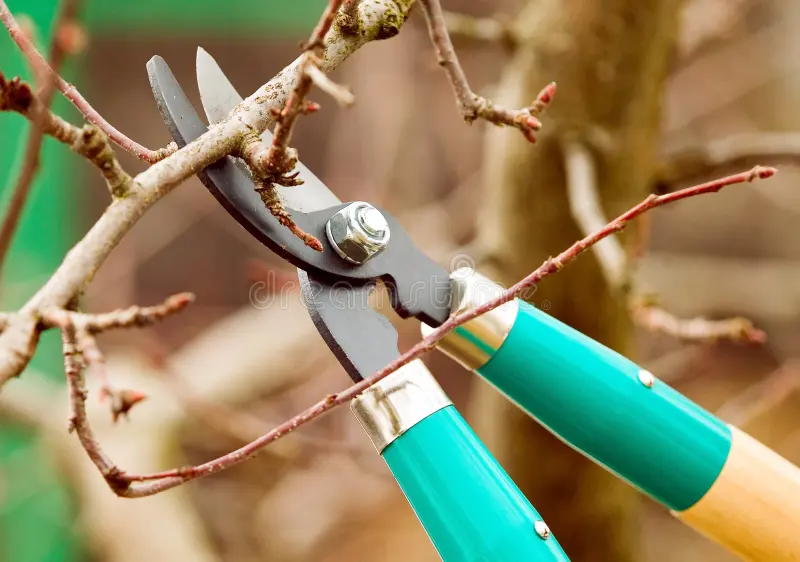Tree trimming is not just about aesthetics; it’s a crucial aspect of maintaining the health and longevity of your trees. This practice involves the strategic removal of branches to enhance the tree’s structure, promote growth, and mitigate potential risks. In this blog, we’ll delve into the art and science of tree trimming, exploring its benefits, methods, and why it’s essential for the well-being of your green companions.
The Importance of Tree Trimming:
Tree trimming serves several vital purposes. It helps improve the tree’s overall health by removing dead or diseased branches, reducing the risk of pests and diseases. Additionally, it enhances the tree’s appearance, promoting a well-maintained and aesthetically pleasing landscape.
Promoting Growth and Structural Integrity:
Trimming is a proactive measure to guide the growth of your trees. By selectively removing certain branches, you encourage the tree to develop a strong and well-balanced structure. This is particularly crucial for young trees, setting the foundation for their future growth.







